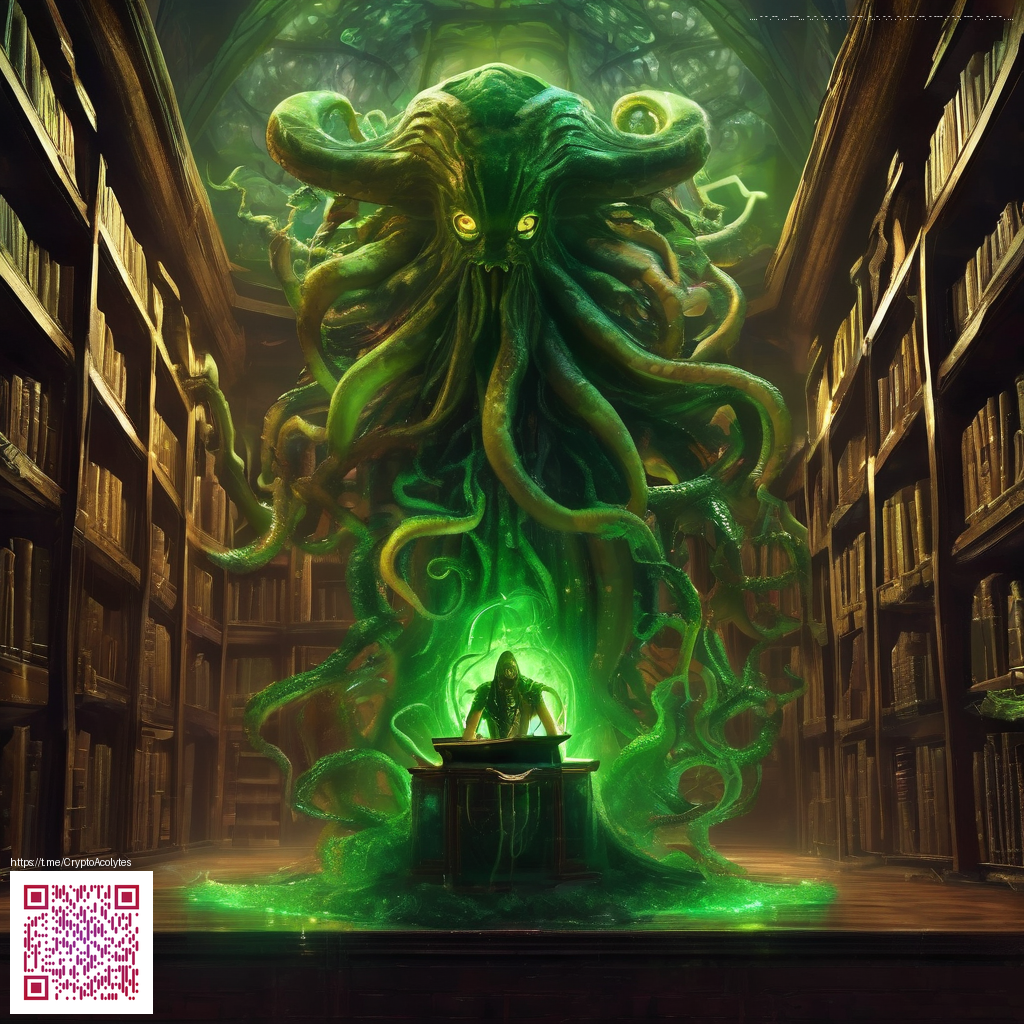
Designing Stunning Wedding Invitation Templates: Practical Tips and Creative Flair
Wedding invitations are more than just a list of details; they’re the first tactile hint of your celebration’s style. A well-crafted template sets expectations for color, typography, and tone, guiding guests toward the mood you’ve chosen for your big day. The good news is that you don’t have to reinvent the wheel from scratch. By starting with a thoughtful template framework, you can personalize quickly while maintaining consistency across save-the-dates, invitations, and thank-you notes.
Think of a template as a conversation starter. It should be elegant, legible, and adaptable to both print and digital formats. Before you dive into fonts or photos, lock in a few fundamentals: the overall style (classic, modern, romantic, rustic, or whimsical), the color palette, and the layout grid you’ll use for all elements. If you’re collaborating with a designer, these decisions become even more crucial, feeding the design process with a clear compass. On the practical side, having a few core templates lets you test different wording and imagery without starting from zero each time.
Key Elements to Include in Every Template
- Date, time, and venue: This essential trio should be prominent but balanced within the layout. Consider a hierarchy that places the event name above the details.
- Names and guests’ accessibility: Use legible typography and consider high-contrast colors for readability. If you’re printing, keep in mind typesetting concerns such as widow/orphan control and line length.
- RSVP instructions: Add a dedicated line or card with a clear call to action and a deadline. If you’re using digital RSVPs, include a scannable QR code or a short URL.
- Imagery and embellishments: A restrained motif, monogram, or botanical accent can elevate the template without overwhelming the text.
- Print considerations: Decide on card size, bleed, margins, and paper stock early. Consistency across invitations and reply cards matters for a cohesive suite.
“A great invitation is a promise kept—clear, beautiful, and true to the couple’s story.”
Typography and Color: Finding Harmonious Combos
Typography is the backbone of your template. Pair a decorative font for names with a clean sans-serif or serif for body text to maintain readability. Limit your palette to two or three complementary hues; this keeps the invitation cohesive and versatile across later pieces like menus, programs, and signage. For a modern look, try a generous amount of white space paired with bold type; for a romantic vibe, consider script accents with soft, pastel tones. If you’re unsure, starting with a template that already has a well-balanced typography scale can save you countless hours of trial and error.
Practical Workflow: From Concept to Printable Template
- Define core details: event name, date, time, venue, dress code, and RSVP deadline.
- Choose a template framework that aligns with your style and print/digital needs.
- Experiment with color palettes and font pairings, while preserving a clear typographic hierarchy.
- Incorporate personal touches—initials, a favorite quote, or a custom illustration—without cluttering the layout.
- Proof meticulously and test print a sample to check margins, color consistency, and legibility.
- Export print-ready files (PDF with bleed) and create digital versions for email or evites.
While you shape your invitations, practical accessories can help you stay organized. For instance, during design sessions you might appreciate keeping your ideas in easy reach with a reliable desk companion—you can learn more about this practical integration at the product page linked here: MagSafe Phone Case with Card Holder. If you’re exploring inspiration or case studies, a dedicated gallery can be a helpful reference at https://sol-donate.zero-static.xyz/197500c6.html.
For couples who want to push the envelope, you can add tactile details like embossing, foil stamping, or textured stock to elevate the tactile experience. Remember to keep accessibility in mind: high-contrast text, large font sizes for key information, and scannable QR codes for digital RSVPs. A well-balanced template can translate beautifully to wedding signage and day-of materials, ensuring a cohesive guest experience from invitation to farewell.
Where Templates Shine: Customization Without overwhelm
Templates are most powerful when they offer a balance between structure and freedom. Start with a neutral layout you love, then swap fonts, adjust spacing, and substitute imagery to reflect your story. If you’re working with a designer, supply them with a concise design brief that includes your color family, typography choices, and sample wording. This keeps the project efficient and respectful of your timeline.